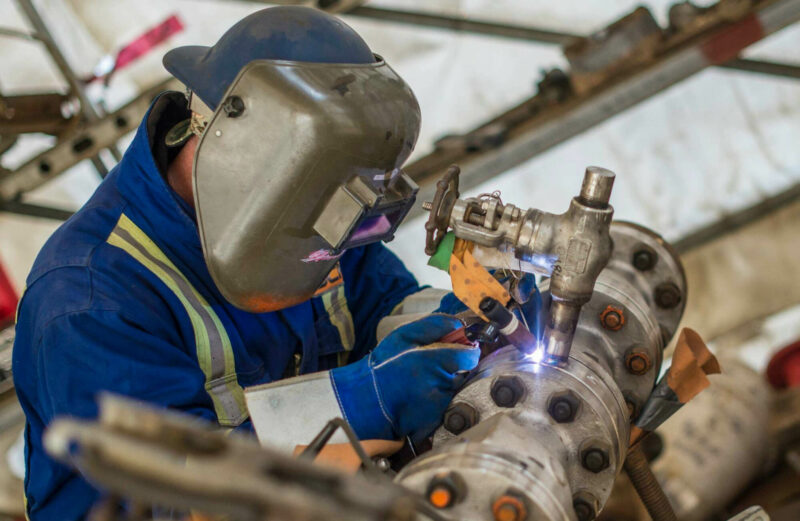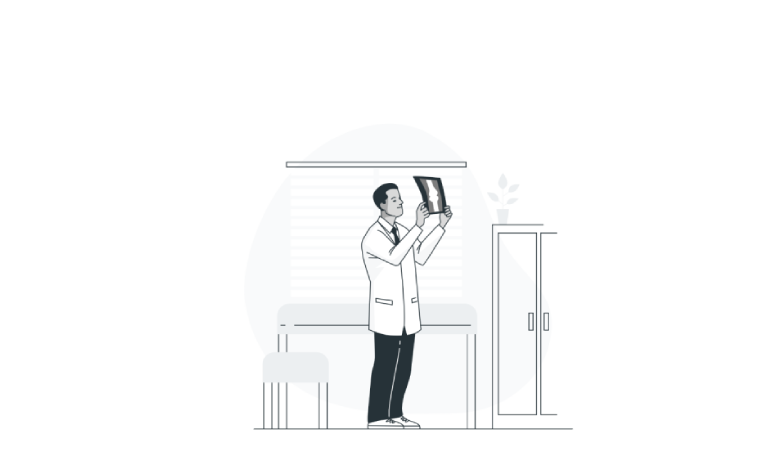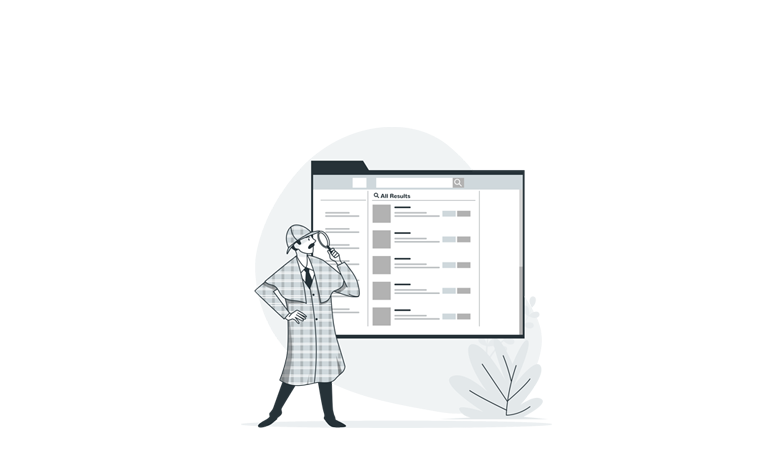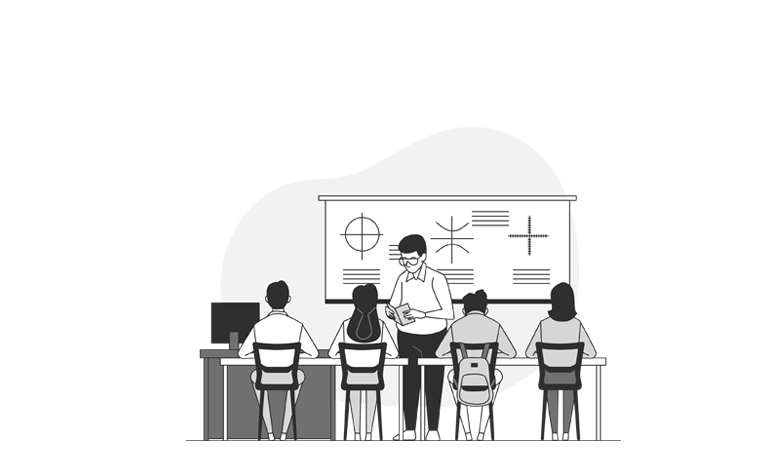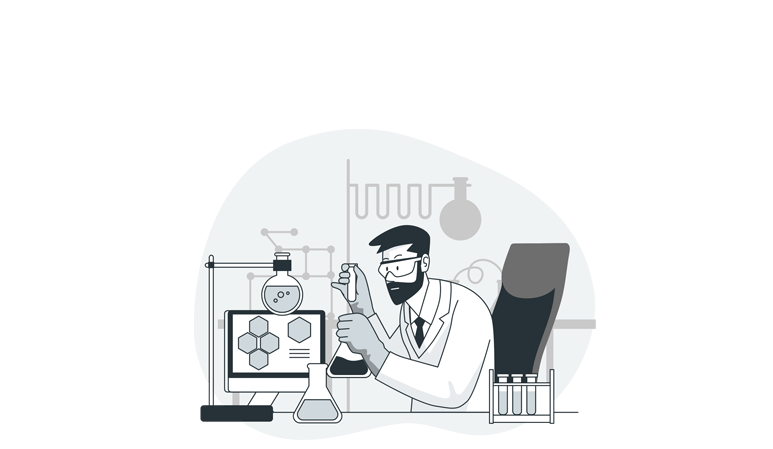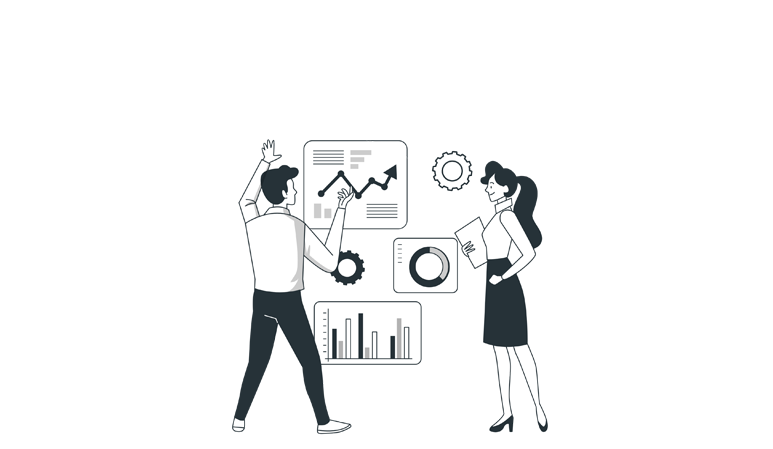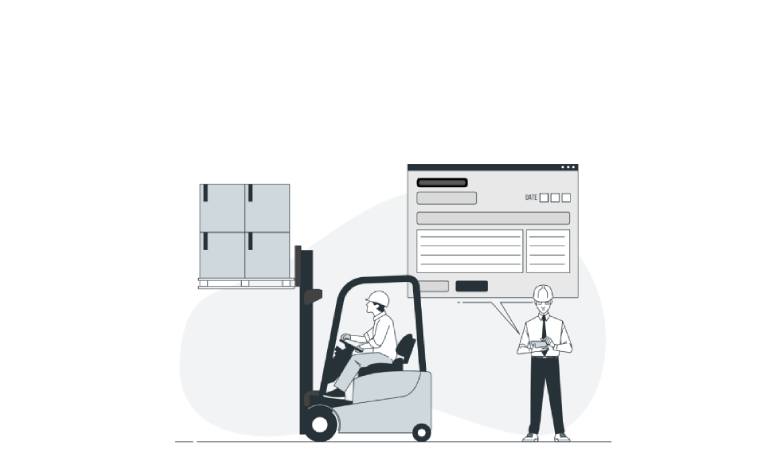
9 Aug 2024
Imagine this: Your workplace is a finely tuned machine, every part working harmoniously. But beneath the surface, there are hidden risks—like cogs that might suddenly snap, causing chaos. That’s where a Job Hazard Analysis (JHA) steps in, not just as a safety tool, but as a vital blueprint to keep your workplace running smoothly and safely.
The JHA process isn't just another box to tick off; it's a powerful strategy that helps identify potential hazards before they become real problems. But it’s more than just identifying risks—it’s about documenting them in a way that everyone from the boardroom to the break room can understand and act on. At OSHEPRO, we don’t just follow the rules; we set the standard for what effective JHA development should be.
Risks: Where Potential Hazards Lurk
Risks are the unseen adversaries in any workplace. They don’t announce themselves; they hide in plain sight, ready to strike when you least expect it. Identifying these risks is the first step in developing a JHA, but it’s not just about finding what might go wrong—it’s about understanding how and why it might go wrong.
- Potential Risks: Whether it’s the sharp edge of a tool, the sudden jolt of a machine, or the silent threat of chemical exposure, potential risks are everywhere. They’re the villains in this story, waiting for a lapse in attention or a failure in process.
- Potential Injuries: Once these risks are identified, think about the consequences. Could it be a minor scrape, or are we talking about something as severe as a life-changing injury? The spectrum of potential injuries is vast, and so is the importance of addressing them.
- Body Parts at Risk: This isn’t just about hypothetical dangers—real body parts are at risk. From repetitive strain injuries to the devastating effects of chemical burns, each task puts different parts of the body in the line of fire. Understanding this helps tailor the JHA to protect what matters most: your people.
For example, in the construction industry, the dangers are as tall as the skyscrapers being built. Fall protection remains the number one cited OSHA violation, with 5,260 violations in 2022 alone. That’s not just a statistic—it’s a reminder that safety is always one misstep away from becoming a crisis.
The Art and Science of Controls: Mastering the Hierarchy of Control
When it comes to controlling risks, not all solutions are created equal. The Hierarchy of Control is your blueprint, guiding you from the most effective to the least effective ways to keep your workforce safe.
1. Elimination: The gold standard—if you can remove the hazard entirely, do it. Think of it as cutting the problem off at the source. Why risk exposure when you can simply eliminate it?
2. Substitution: Can’t eliminate it? Substitute it. Replace the hazard with something less dangerous. It’s like swapping out a loaded gun for a water pistol—still effective, but without the life-threatening consequences.
3. Engineering Controls: Engineering controls are your frontline defense. By redesigning the environment or equipment, you can create a barrier between the worker and the hazard. It’s about being proactive, not reactive.
4. Administrative Controls: Sometimes, the best way to control a hazard is by changing how work is done. This might mean rotating workers to reduce exposure time or implementing more rigorous training programs. It’s about making sure everyone knows the playbook.
5. Personal Protective Equipment (PPE): The last line of defense, PPE is essential when other controls can’t fully mitigate the risks. But remember, PPE should never be the only control—just the last one.
In a manufacturing plant, excessive noise can be a serious hazard. While PPE like earplugs is important, engineering controls like soundproofing or installing quieter machinery are the key to reducing noise at the source. This approach protects everyone, not just the workers who remember to wear their earplugs.
Writing a JHA: The Blueprint for Safety
Creating a JHA isn’t just about filling out forms; it’s about creating a living document that grows and evolves with your workplace. Each step in the JHA process is a piece of the puzzle, and when they all come together, you get a clear picture of your workplace’s safety landscape.
Select the Job to be Analyzed: Start by focusing on tasks with the highest risk or those with a history of incidents. It’s about tackling the biggest threats first.
Break Down the Job into Steps: Dissect the task into its basic components. Every action, no matter how small, is a potential source of risk. Breaking it down helps in identifying specific hazards.
Identify Potential Hazards for Each Step: Each step in a task has its own set of hazards. Pinpoint them. Whether it’s the risk of a slip, the danger of an electrical shock, or the strain of repetitive motion, every detail counts.
Determine Controls for Each Hazard: Now, decide how to handle those hazards. Whether it’s using engineering controls, changing how the job is done, or ensuring PPE is available and used, this is where you outline your strategy for keeping workers safe.
Document the JHA: This is where you put it all together. The documentation should be clear, accessible, and most importantly, actionable. It’s not just a record—it’s a guide.
Review and Update Regularly: A JHA should never be static. It needs to be reviewed regularly and updated whenever changes occur—whether it’s a new piece of equipment, a new process, or a new safety standard.
For a task as routine as chemical handling in a lab, a well-documented JHA could outline each step from receiving chemicals to disposal. The JHA would identify risks such as exposure to toxic substances or the potential for spills and would outline controls like using fume hoods, proper labeling, and ensuring the availability of PPE.
The OSHEPRO Advantage: Turning JHA into an Interactive Experience
At OSHEPRO, we’ve transformed the way JHAs are developed and managed. We don’t just give you a checklist; we provide a fully interactive experience that simplifies the process and quantifies risk in a way that’s both practical and insightful.
User-Friendly Online Forms: No more wading through pages of paper. With OSHEPRO, clients can fill out JHA forms online with ease, selecting options from intuitive dropdown menus. It’s designed to guide you through the process step by step, ensuring no detail is overlooked.
Dynamic Risk Assessment Scoring: As you complete the form, our system automatically generates a comprehensive sheet for each section of the JHA. But we go further—each section is assigned a risk assessment score ranging from low, moderate, high, to extreme. This scoring system isn’t just numbers; it’s a reflection of the actual risk levels in your workplace.
Final Average Risk Score: The system also calculates a final average risk score for the entire job task. This score isn’t just informative—it’s a wake-up call. The higher the rating, the greater the risk, providing you with a clear, quantified understanding of where your greatest challenges lie.
Why It Matters?
By quantifying risk and providing real-time feedback, OSHEPRO’s system doesn’t just help you complete a JHA—it helps you understand it. This understanding leads to better decision-making, more effective safety measures, and ultimately, a safer workplace.
At OSHEPRO, we’ve taken the JHA process to the next level. Our online, interactive tools make it easier than ever to develop, document, and understand JHAs, turning what could be a daunting task into an insightful and manageable process. Embrace a proactive approach to workplace safety with OSHEPRO’s JHA solutions, and see how we can help your organization stay safe, compliant, and productive.




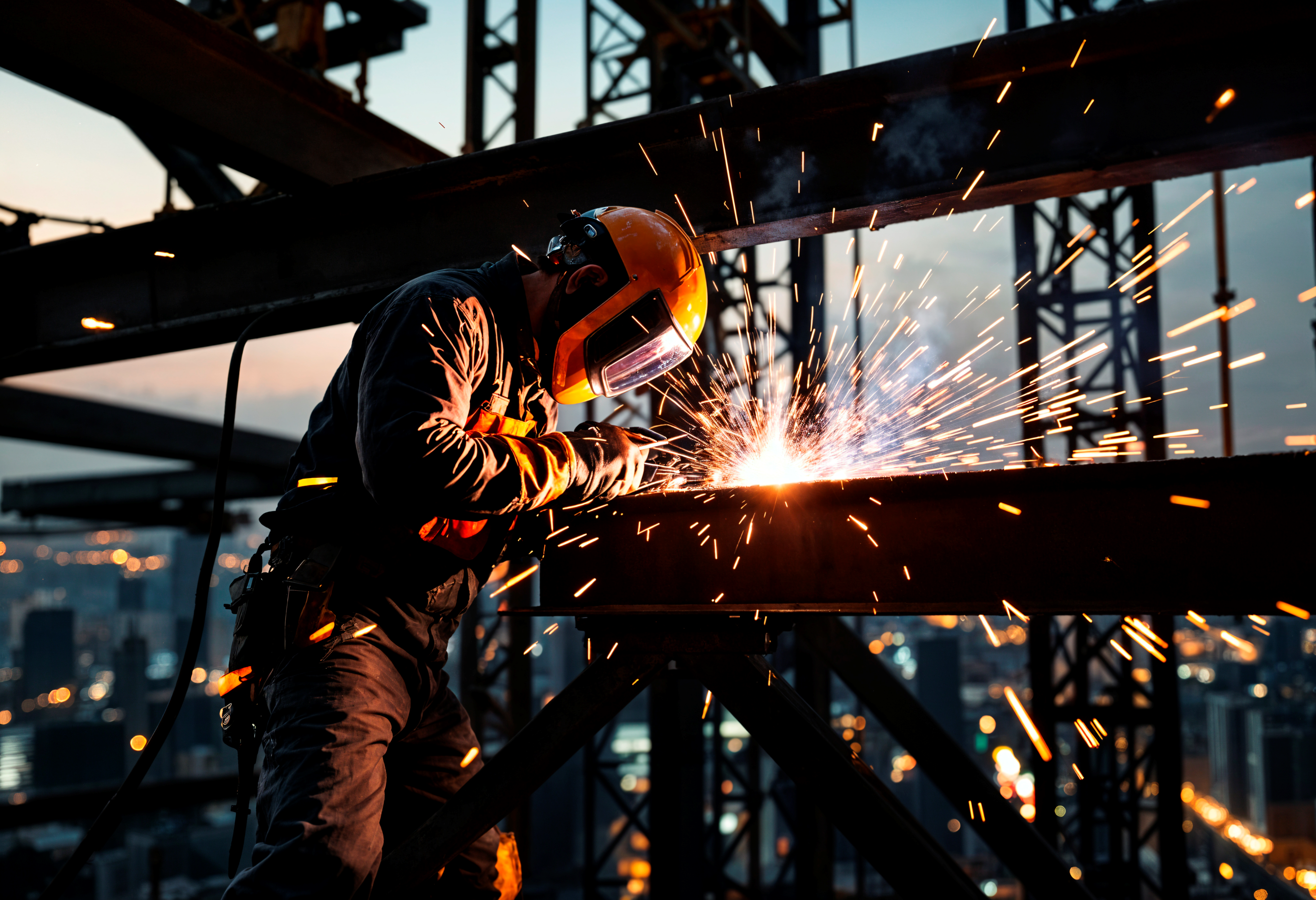


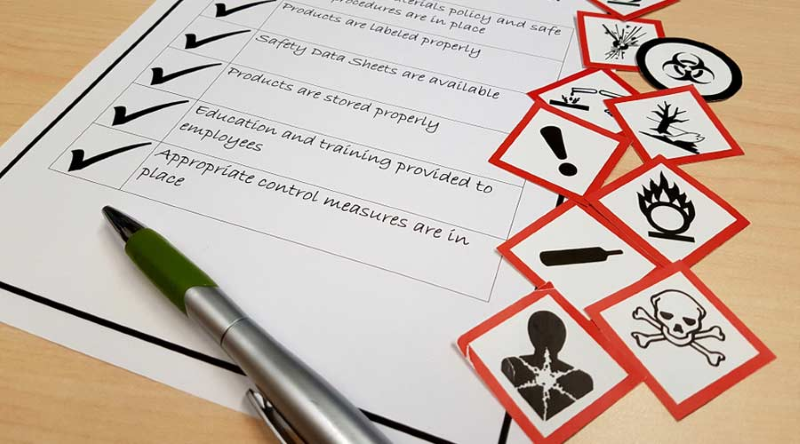
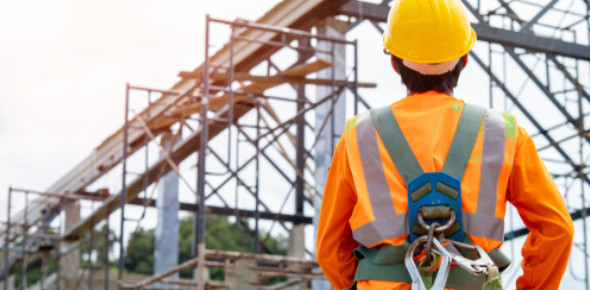
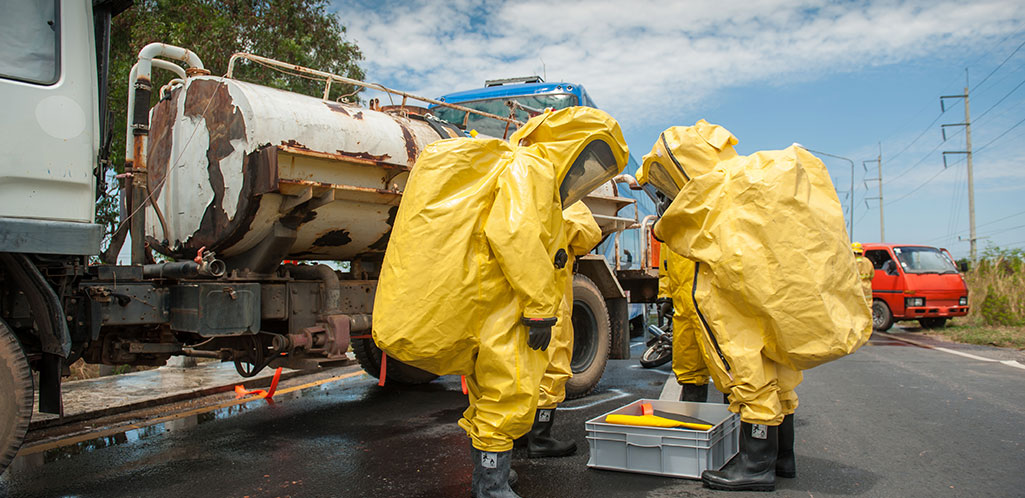

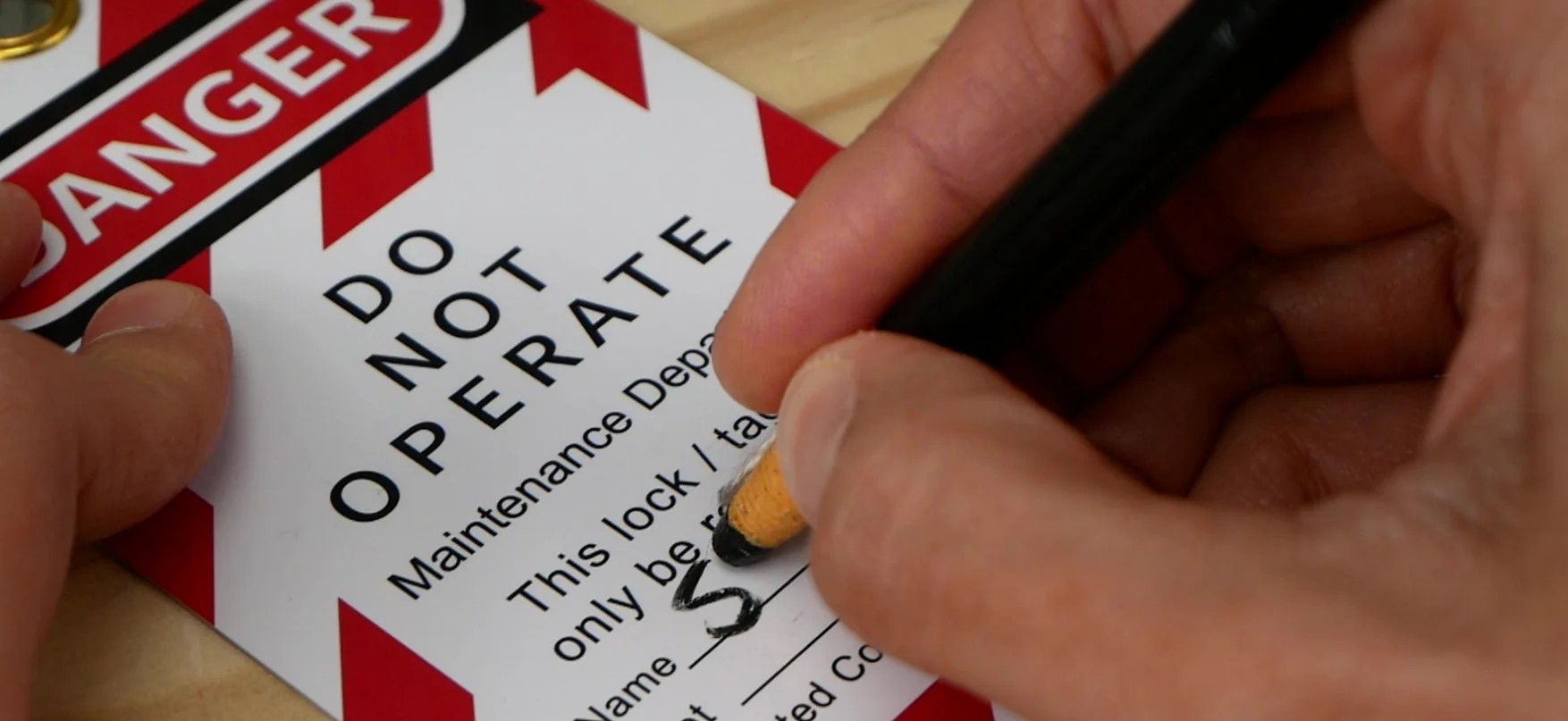
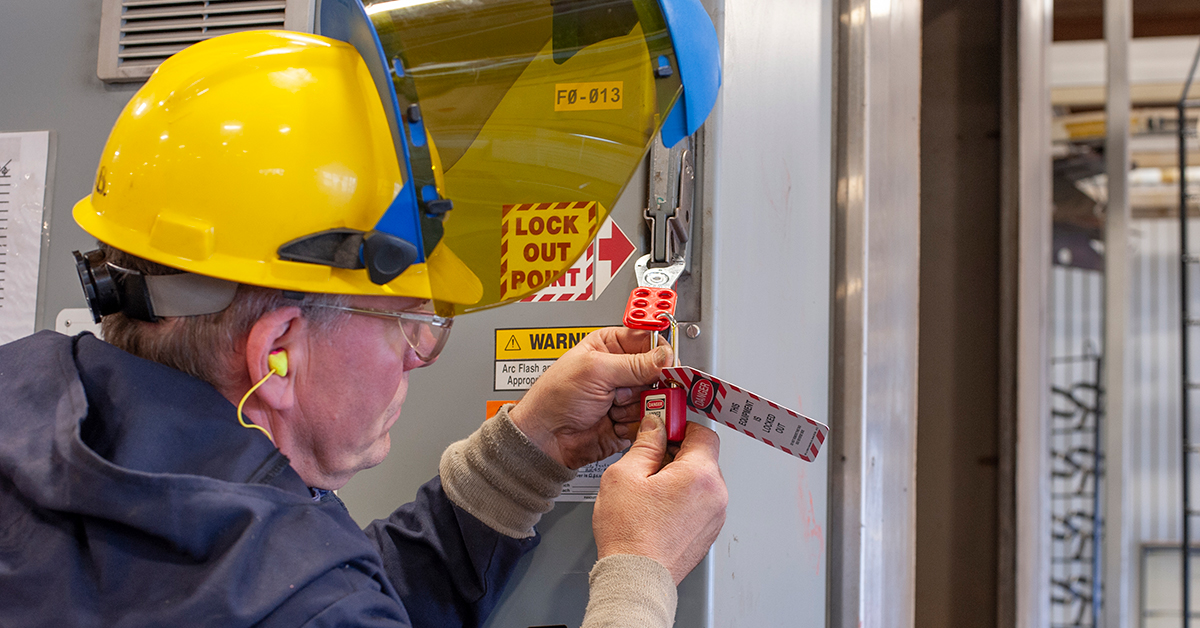



.png)



.png)
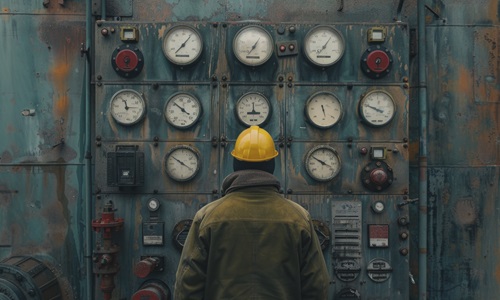

.png)
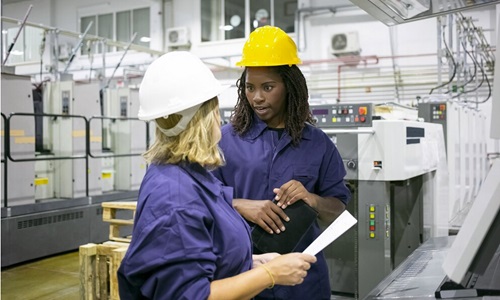

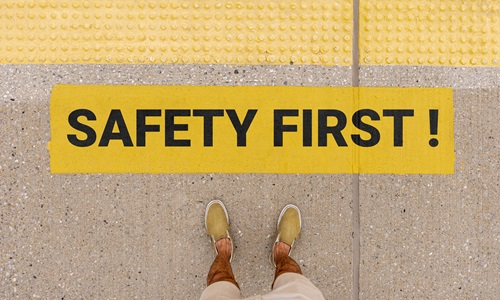

.jpg)

